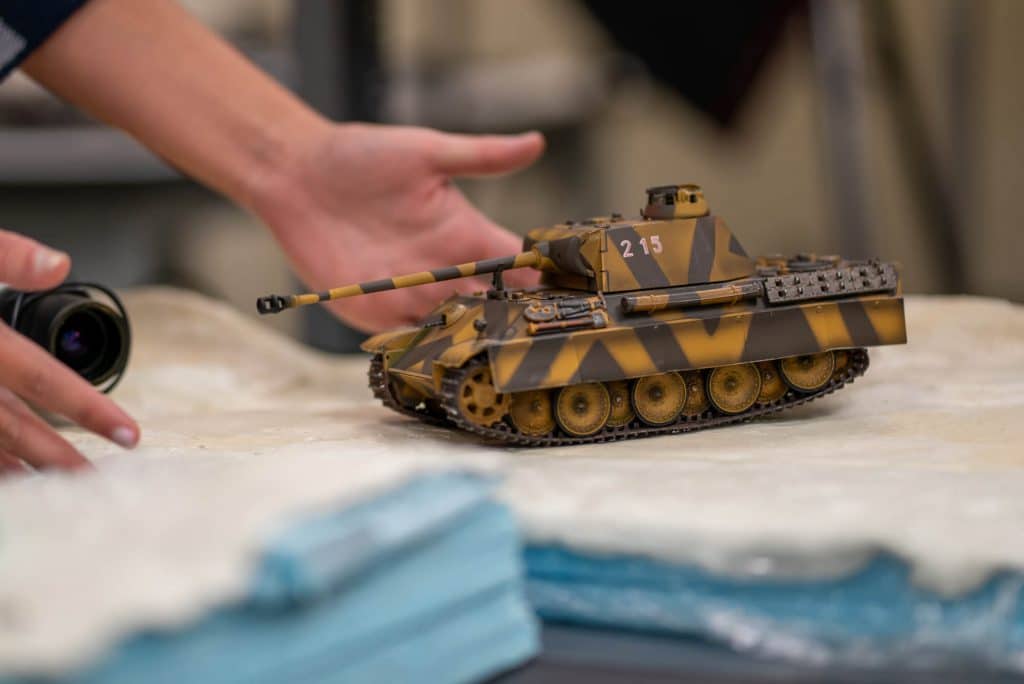
National Nuclear Security Administration (NNSA) permitted each of the Consortium for Nonproliferation Enabling Capabilities (CNEC) lab partners including Lawrence Livermore National Laboratory (LLNL), Pacific Northwest National Laboratory (PNNL), Los Alamos National Laboratory (LANL) and Oak Ridge National Laboratory (ORNL) to nominate only one student.
Sally Ghanem, a Ph.D. student in NC State’s ECE Department who is working with Hamid Krim, a professor of electrical and computer engineering who runs the VISSTA Lab, has been nominated by Oak Ridge National Laboratory for her work with them on vehicle identification and classification using multi-modal sensing. Out of all nominated students, she was selected to receive the best National Laboratory Collaboration award during the University program Review meeting (UPR) 2019. “It’s quite an honor,” Ghanem says. “My mentors at ORNL specifically said that my work has been extremely valuable.”
For the past two years, she has been working with the folks at ORNL to devise a multi-modal approach for vehicle classification and identification using an ensemble of sensors consisting of a magnetometer, microphone, and camera. They consider a more realistic unsupervised learning scenario, where no training dataset is provided and adopt a data driven approach to determine vehicle signatures utilizing key features extracted from each sensor modality. They subsequently combine the features from each sensor modality to generate a desirable universal feature and increase the classification rate of specific vehicles. Experiments on real data are presented to demonstrate the effectiveness of their method in solving the problem of subspace fusion with sparsely corrupted unlabeled data. Ghanem is currently working on developing working on multi-modal data fusion for object classification.
CNEC creates a preeminent research & education hub dedicated to the development of enabling technologies and technical talent for meeting the present and future grand challenges. Funded by the DOE NNSA component of IUP with the goal of advancing nuclear nonproliferation technology and capabilities, all of the grantees display their work and progress while discussing new ideas and collaborations.